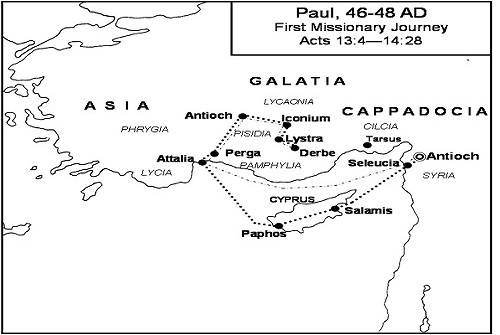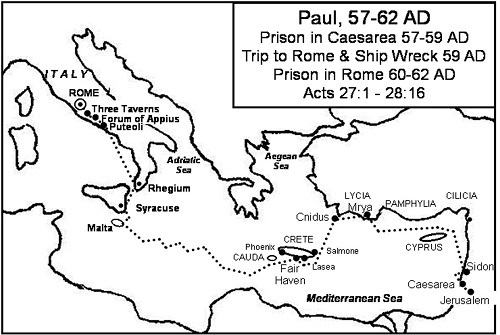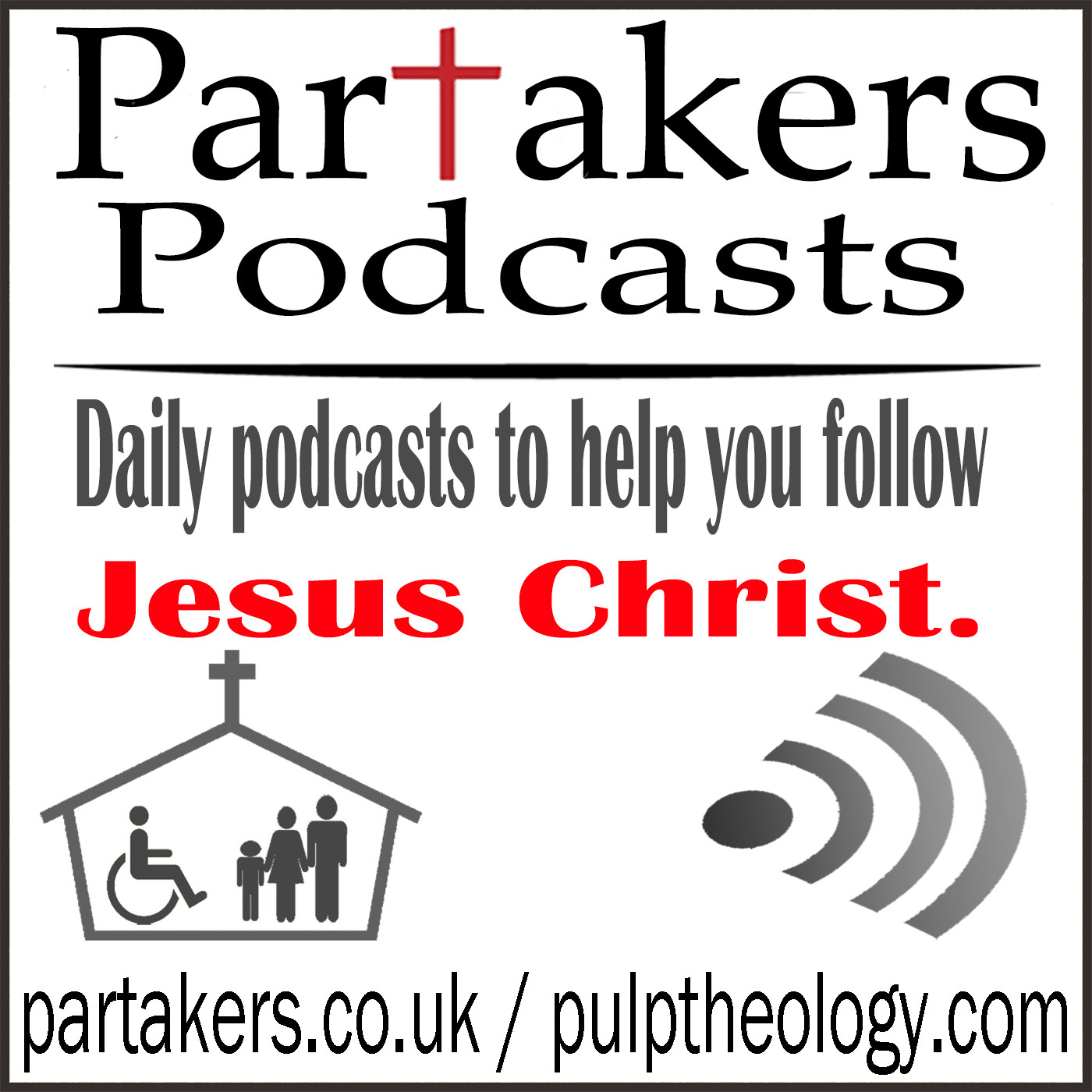Episodes
Wednesday Oct 29, 2014
Glimpses 29
Wednesday Oct 29, 2014
Wednesday Oct 29, 2014

Church Expands
Right mouse click here to download as a MP3 audio file
G'day and welcome to Partake! We are now on day 29 of our series "Glimpses", looking at the story of the Bible in 30 days - from the time of creation through to the time of the fullness of redemption! We saw last time Jesus making a sudden reappearance which resulted in the conversion of one of the main persecutors of the church - Saul, who later changed his name to Paul. We saw also a problem to be solved, it was done so judiciously and it was decided that salvation was by grace alone through Jesus' death on the cross and through the Holy Spirit alone. The church had begun to spread throughout the Roman Empire from its birthplace in Jerusalem. Remember back to the day of Pentecost and the Holy Spirit first came? The people there had gone back to their own countries and cities: places such as : Egypt, Arabia, Libya, Italy, Greece, Judea, Elam, Media, Mesopotamia, Cappadocia, Pontus, Pamphylia, Phrygia, Asia, Crete, Cyrene and Crete, parts of the Parthian Empire and of course even the headquarters of the Roman Empire, Rome! As far as we know, from the Bible record, the most effective missionary was Paul, and that's because most of what we call the New Testament consists of letters written by him. Here are the places he and his various teams of people visited on what we call his missionary journeys. You can read about them in the book of Acts.Paul's First Missionary Journey

Paul's Second Missionary Journey

Paul's Third Missionary Journey

Paul's final journey

Issues in the Churches of the Bible
Lets look now at some of the issues of the churches at that time, and we see this best by looking very briefly at some of the letters of the New Testament, written by Paul, Peter, John, James and Jude. Romans: Paul's letter to the church in Rome presents God's plan of salvation, which sees it extended to all of humanity based solely on Jesus Christ' work on the cross and received by an individual's faith in Him alone. 1 Corinthians: At Corinth, the church was an established church, taught by Paul, yet they were not living he had taught by him. Members of the church were living improper lives and Paul wrote to correct them, with the love of a pastoral heart. 2 Corinthians: here due to people doubting his integrity and authority, Paul presents his authority, message, sufferings, disappointments, responsibilities, blessings, and hope. Ephesians: Paul discusses the position of Christian believers before God - that they are now children of God! He then goes on to discuss the daily function of the Christian, including living a life worthy of Jesus Christ, supremely by serving others. 1 Thessalonians: Paul is unable to revisit this new group of believers who are under attack and persecution. He commences with some personal reflections and continues on to teach, stabilize, console and to encourage them in their Christian walk. 2 Thessalonians: The Thessalonian church is still enduring persecution. Central to this letter is Paul's concern for them regarding the coming again of the Lord, where some believed it had already occurred. 1 Timothy: Paul the apostle delegates authority to Timothy, his personal representative in Ephesus. His instructions include Timothy's life and ministry as an apostolic representative and about the organization, function, and edification of the church. This includes countering all kinds of false teaching about Jesus the Christ. James: James writes to scattered and leaderless Jewish believers who still met at a synagogue and were enduring hardship. James urges them to keep going and develop an active working faith that is actively working and to live a morally and ethically correct life. 1 Peter: Peter writes to believers undergoing suffering & persecution. He instructs them toward Christian stability, and the proper expression of this stability and growth. Peter stresses a hope that is alive, glorious and certain, and because of that can endure persecution and suffering. 2 Peter: Peter is dying as he writes this letter to a group of believers who are enduring trials and being confronted with false teachers. He also clarifies teaching about the Last Days. 1 John: John writes about fellowship which comes through obedience to the Word of God and through confession of sin when sin is committed. John also writes to tackle false Gnostic teachers who were challenging the teachings of Jesus' apostles.. Jude: Jude writes warning against apostasy, which is giving up and abandoning a belief in Jesus and going back to old ways. . He urges his readers to recognize the problem and fight for the faith. Through these letters of the New Testament, we see the early church dealing with issues of doctrine and teaching, countering false teachings about salvation and Jesus' return, warning against apostasy and encouraging wholesome living and service as believers in Jesus Christ. The church has grown and spread throughout most of the known world in obedience to Jesus' last command to go to all nations. This growth of the church is the greatest evidence of Jesus' bodily resurrection from the dead. His resurrection was the catalyst to turn 11 frightened men, his disciples, into the leaders of the early church. But Jesus also promised that He would come back again and that's what we will look at next time, in our final part of Glimpses! Thank you. Original Maps found at http://www.generationword.com/Right mouse click here to download as a MP3 audio file
 If you have found this resource helpful to you, please do prayerfully consider making a donation. Thank you
If you have found this resource helpful to you, please do prayerfully consider making a donation. Thank you
Click on the appropriate link to subscribe to this website
Subscribe via iTunes
Version: 20241125



Comments (0)
To leave or reply to comments, please download free Podbean or
No Comments
To leave or reply to comments,
please download free Podbean App.